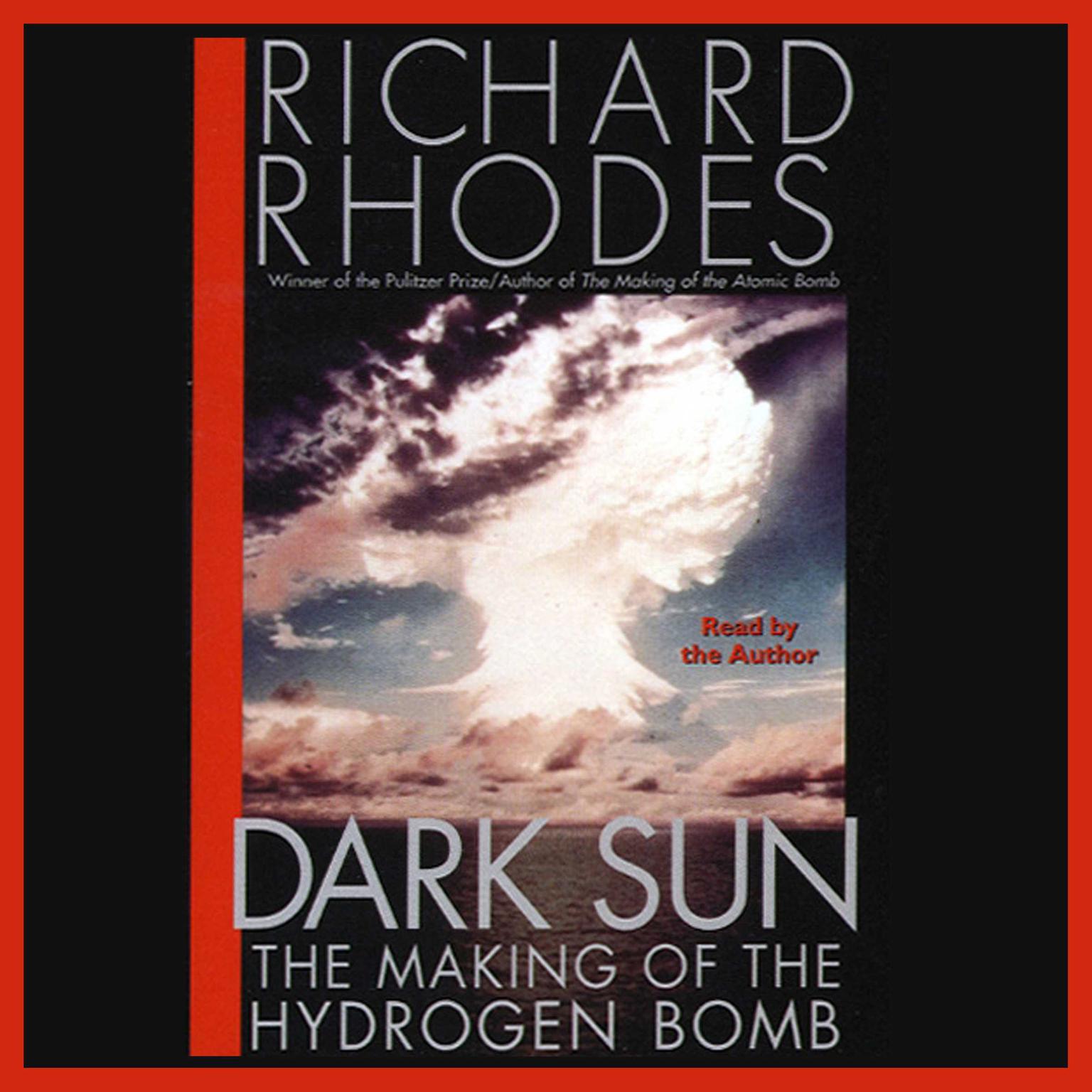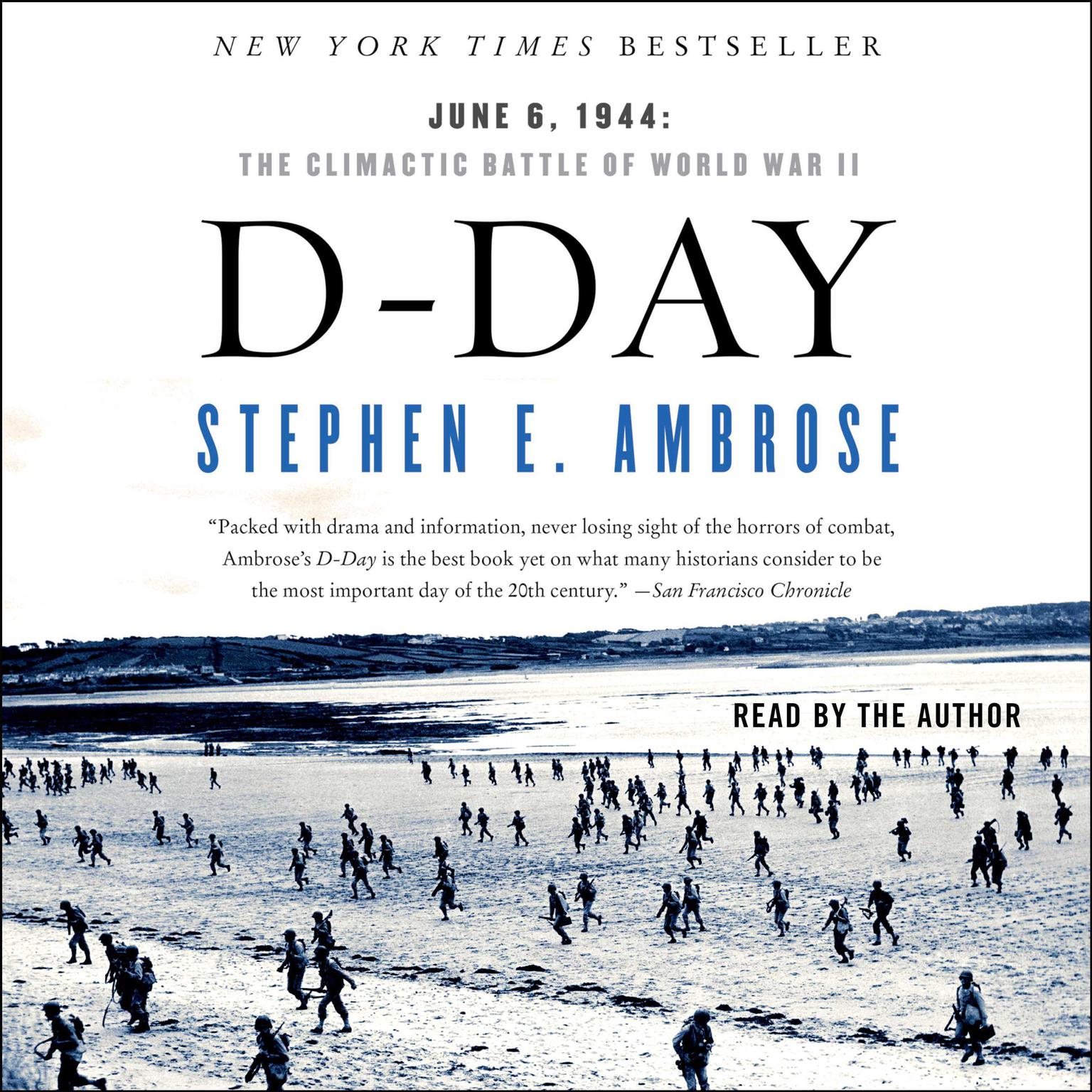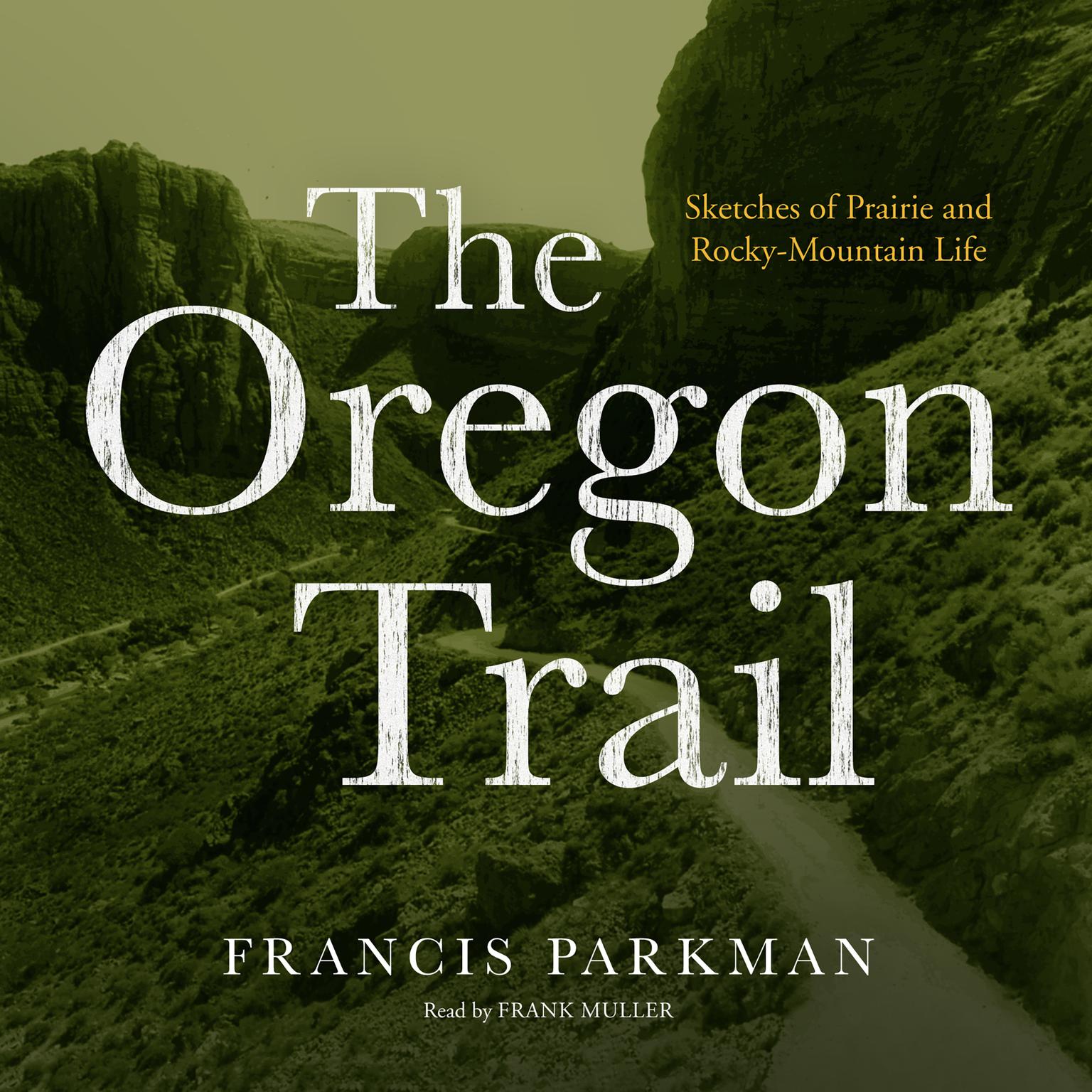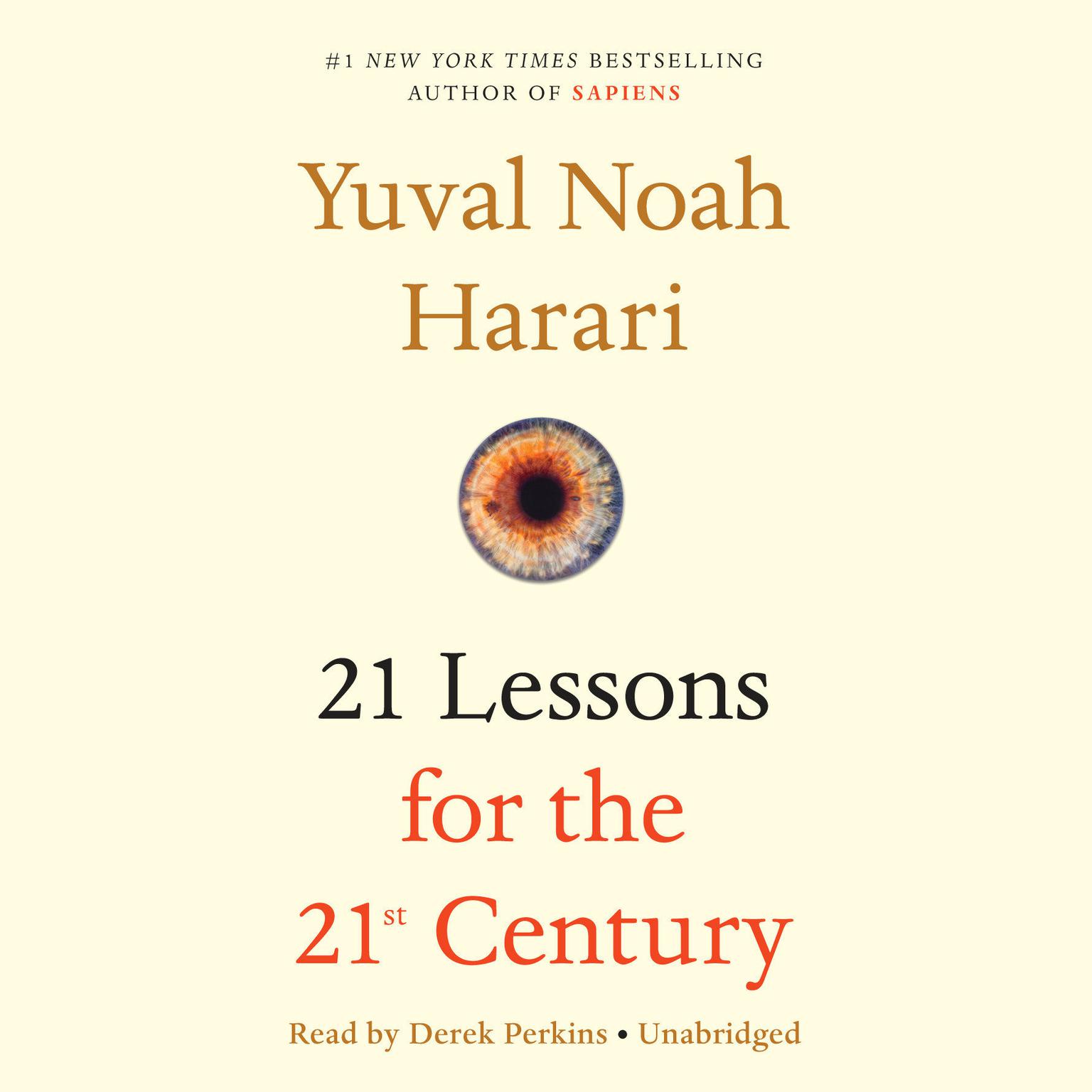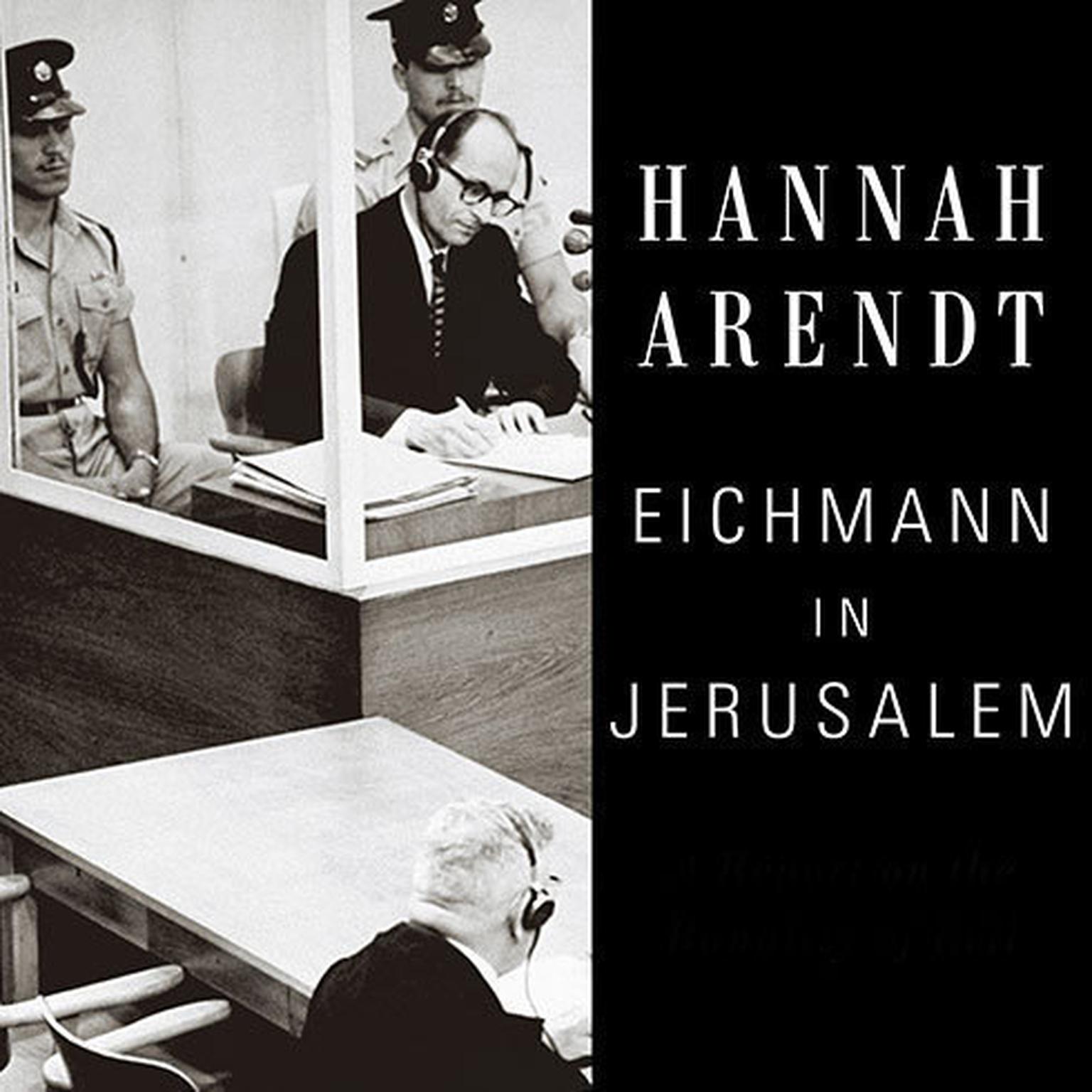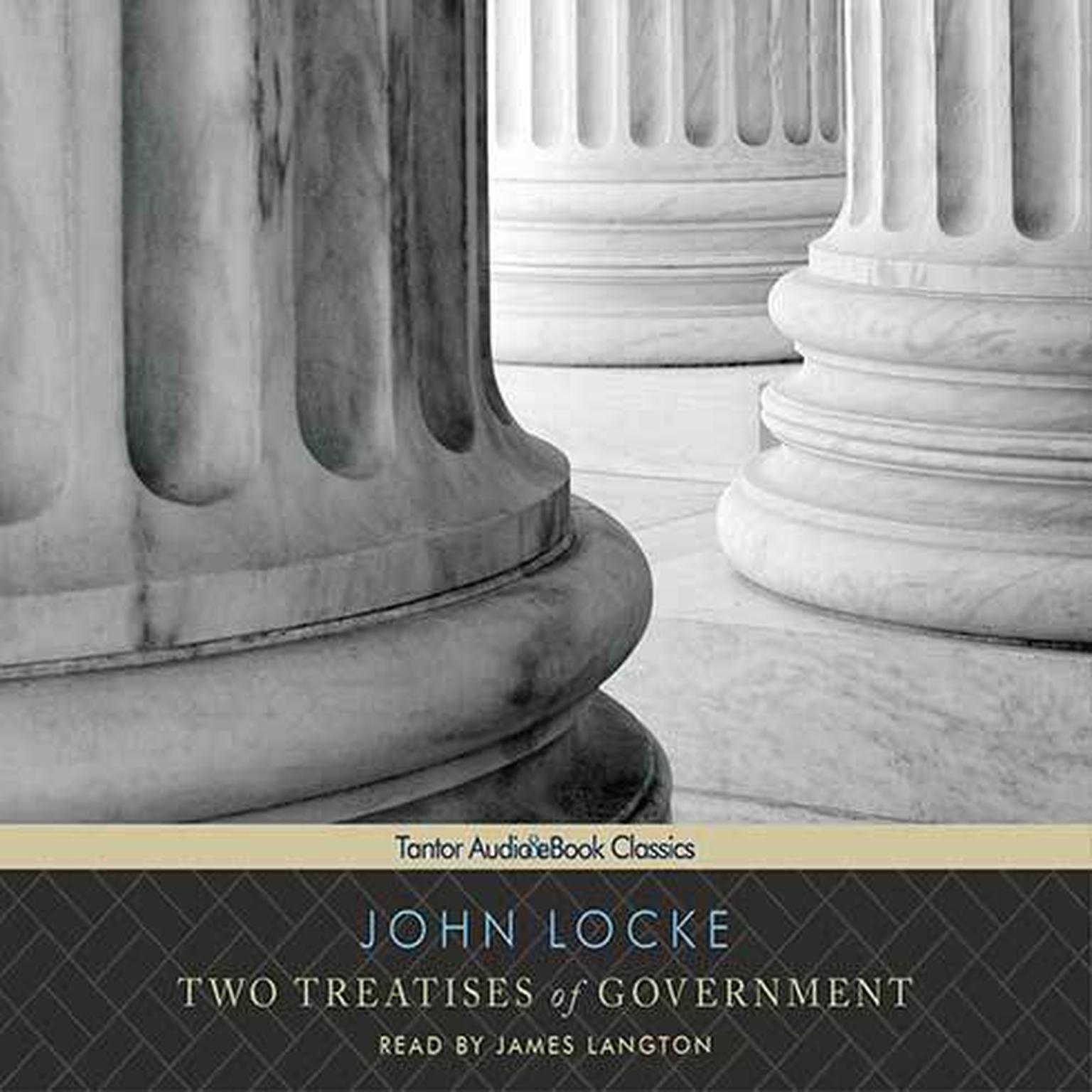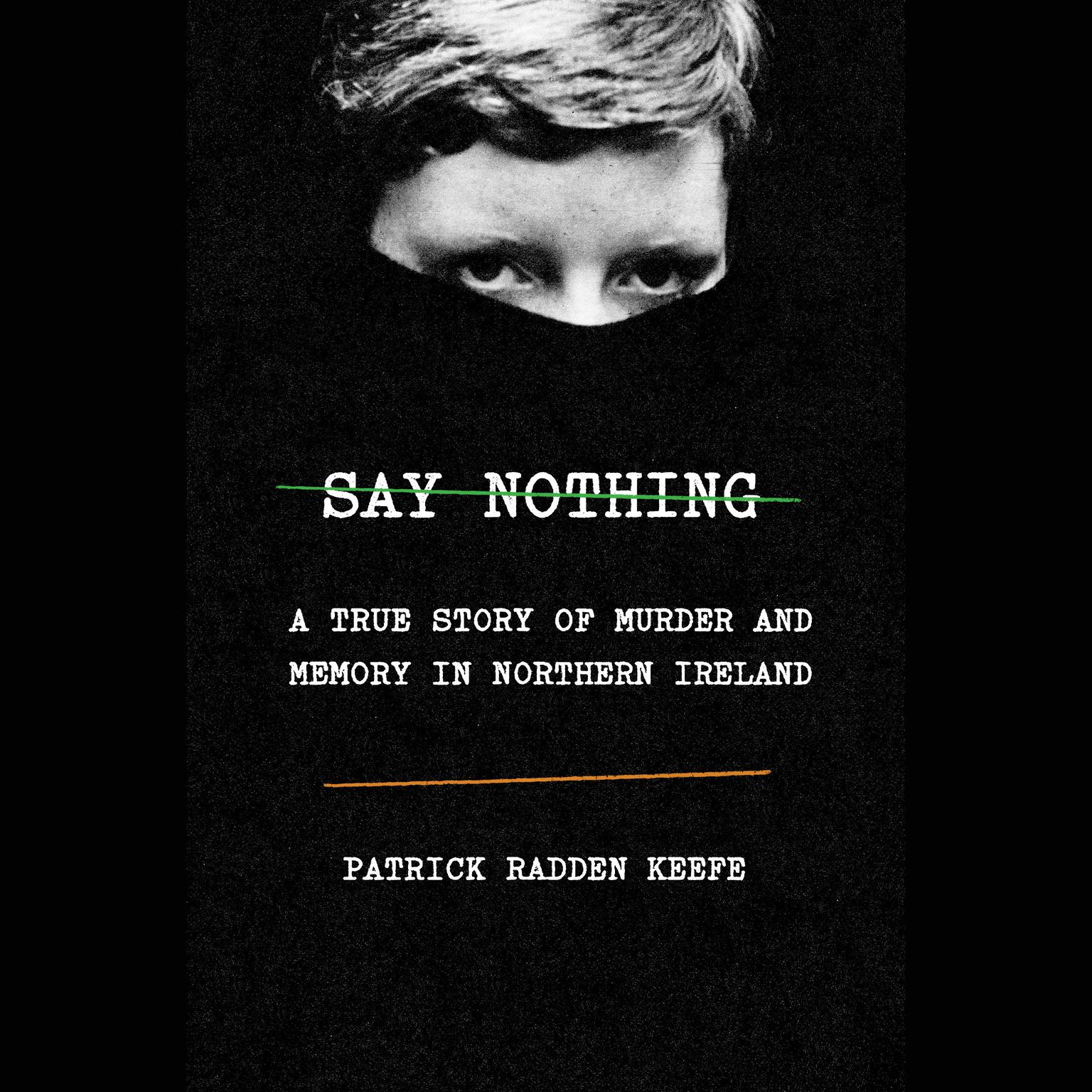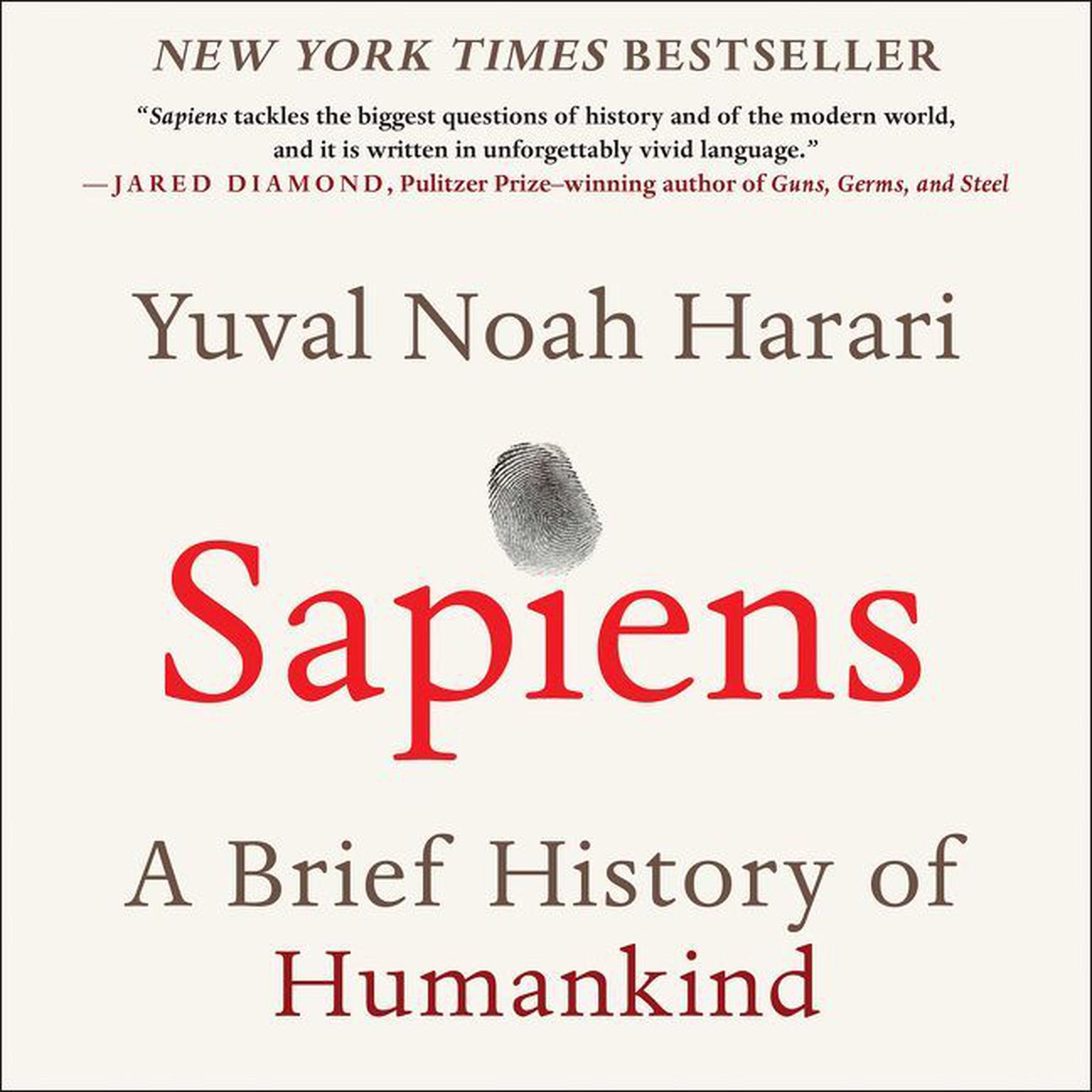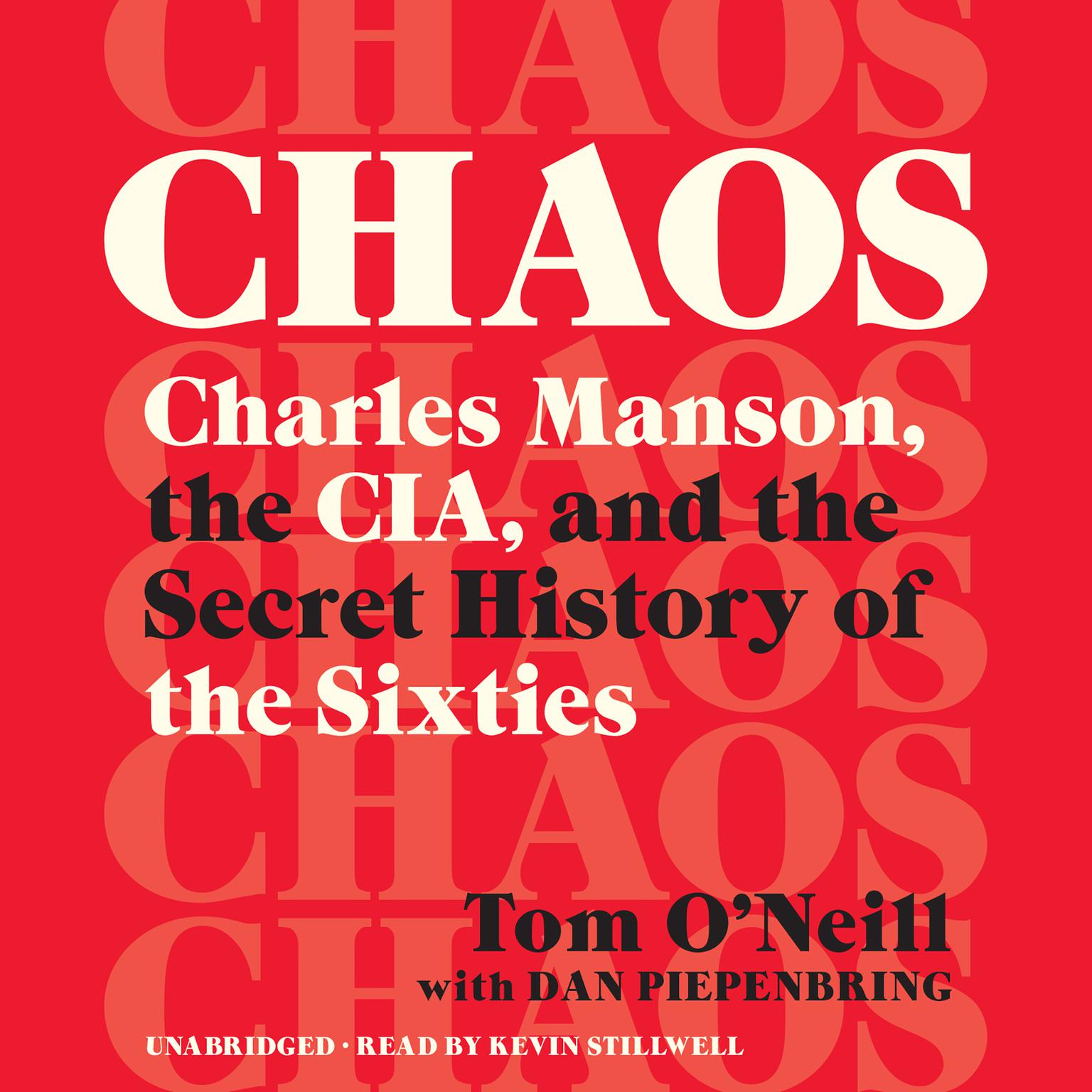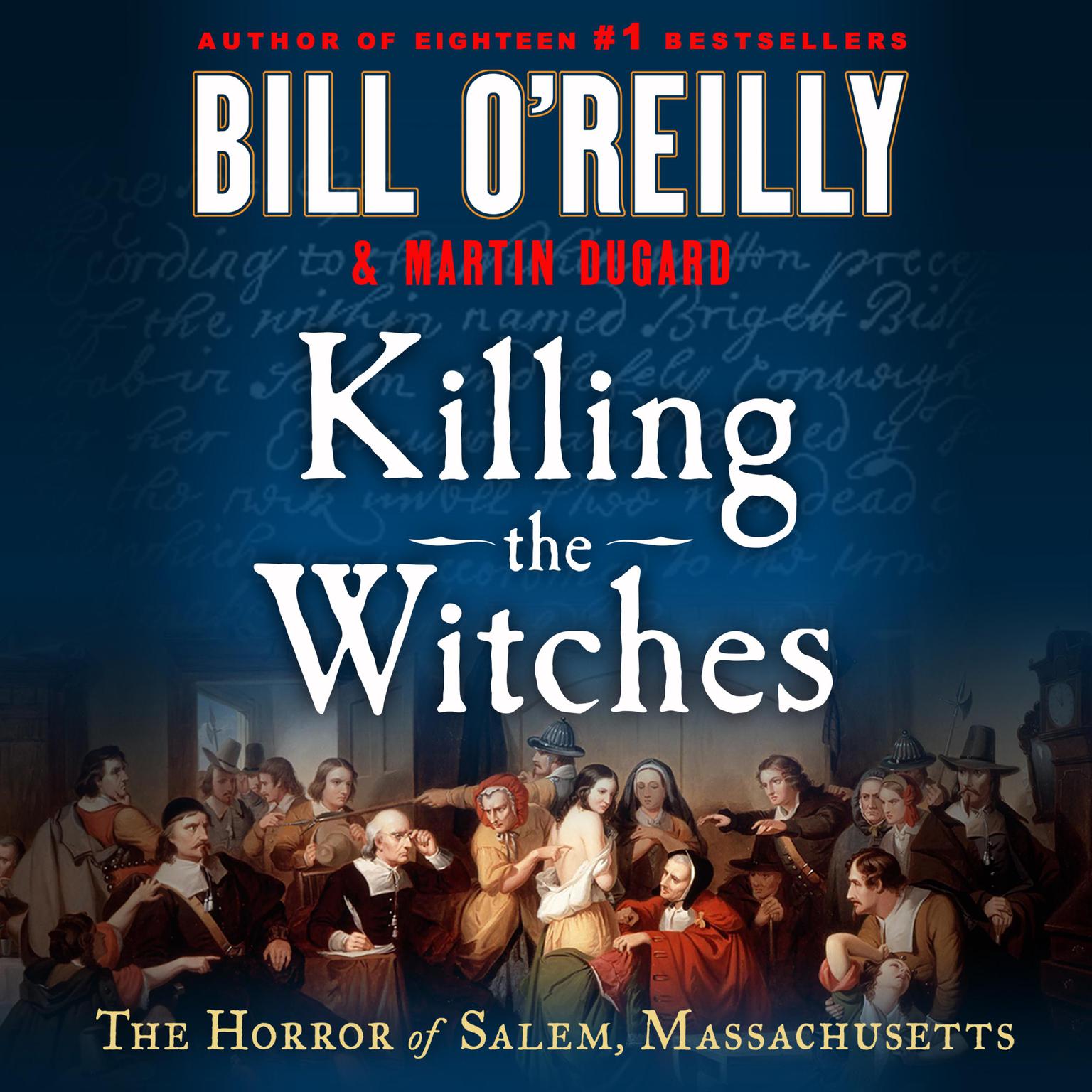Publisher Description
The author of The Making of the Atomic Bomb lays bare the secret heart of the Cold War.
Richard Rhodes’ landmark history of the atomic bomb won the Pulitzer Prize, the National Book Award and the National Book Award and the National Book Critics Circle Award. Now, in this majestic new masterpiece of history, science, and politics, he tells for the first time the secret story of how and why the hydrogen bomb was made, and traces the path by which this supreme artifact of twentieth-century technology became the defining issue of the Cold War.
From the day in 1941 when the first word of Anglo-American atomic-bomb research arrived in Moscow to the week of the 1962 Cuban missile crisis, Dark Sun is full of unexpected — and sometimes hair-raising — revelations based on previously undisclosed Soviet and U.S. sources, including:
How the Soviets were able to produce a carbon copy of the first U.S. atomic bomb
How the SAC fought for independent control of U.S. nuclear weapons — while flying deliberately provocative daytime missions over Soviet cities
How the first and only direct nuclear confrontation between the superpowers was also very nearly the last
Following the lives of the atomic scientists on both sides of the Iron Curtain, Dark Sun is the definitive work on the hydrogen bomb, showing why the world wars that devastated the first half of the century can never happen again.
Download and start listening now!
“Years ago I’d read and enjoyed Rhodes’s earlier The Making of the Atomic Bomb. Because that was a history of atomic research, the Manhattan Project, and the resulting bombings of Hiroshima and Nagasaki, I’d expected Dark Sun to be a history in a similar style. It’s partly that; the record of how thermonuclear theory was developed into a weapon is only a piece of the huge story he tells. Dark Sun, continuing the history of nuclear arms begun with The Making of the Atomic Bomb, includes 2 important facets of the nuclear arms story: espionage and Soviet nuclear arms research. Large portions of the book are devoted to detailing how the Soviet Union obtained atomic weapons technology from persons within the Manhattan Project and how they’d begun their own development by the end of the war. The story of how they acquired that knowledge as well as the stories of the individuals responsible for the espionage makes for fascinating reading. Also a necessary part of the history is the evolution of Soviet nuclear weapons and testing. There are many surfaces to these complicated events, but Rhodes’s grasp of them seems sure, from the political maneuverings of high-powered intellectuals within the scientific community to a history of the Cold War and the arms race to well-honed portraits of the major players involved at all levels. Because the chapters dealing with nuclear theory, bomb design, and fission were over my head, I was grateful they aren’t the bulk of the book; I struggled with understanding in ways I didn’t remember from my reading The Making of the Atomic Bomb. The most fascinating chapters of the book–the accounts of espionage and the Soviet research and development–aren’t technical at all, and they make for gripping reading. For me, Rhodes covers the Cold War and arms race and the many tensions and scares resulting from them too briefly. But, as I say, it’s a huge book as it is. I was surprised by many things: at how extensive Soviet atomic research was before the end of the war, for instance, and at how single-mindedly Curtis LeMay and the men around him tried to effect a preemptive war with the Soviets, and at how destructive thermonuclear weapons themselves are. I thought I knew, but I didn’t. Good book.”
—
James (4 out of 5 stars)
